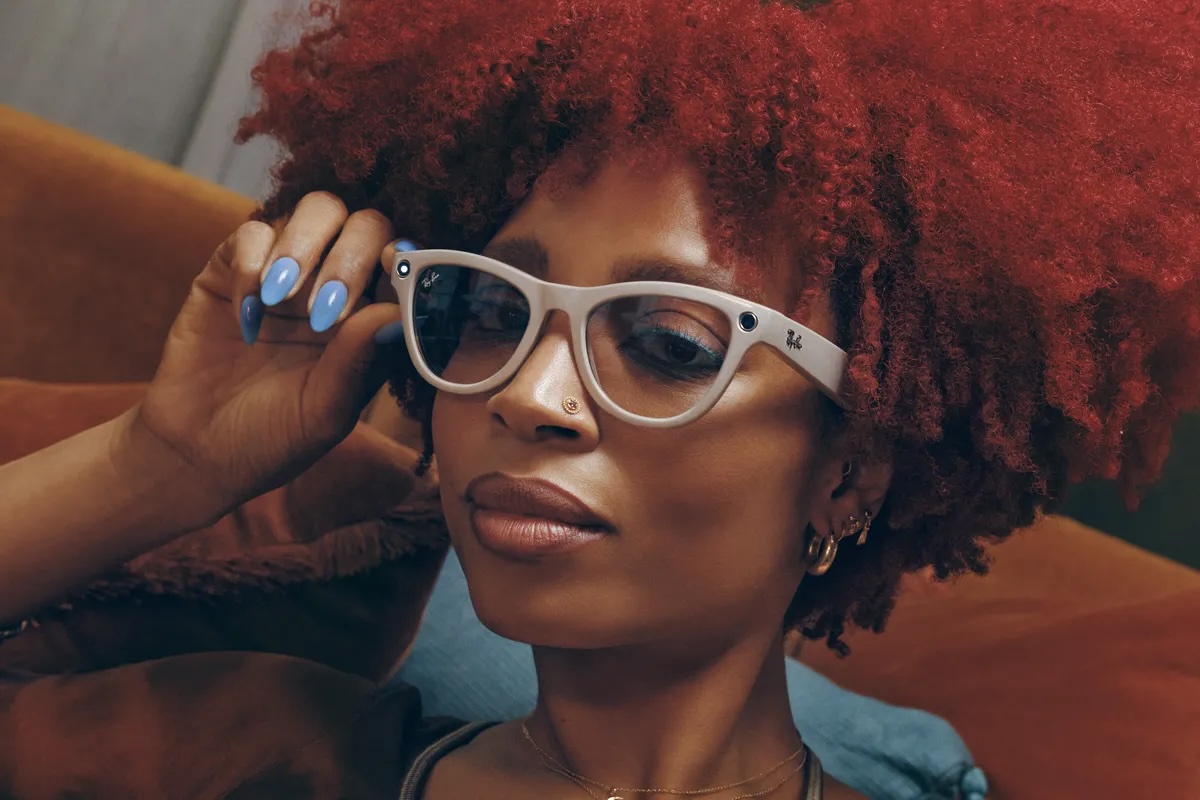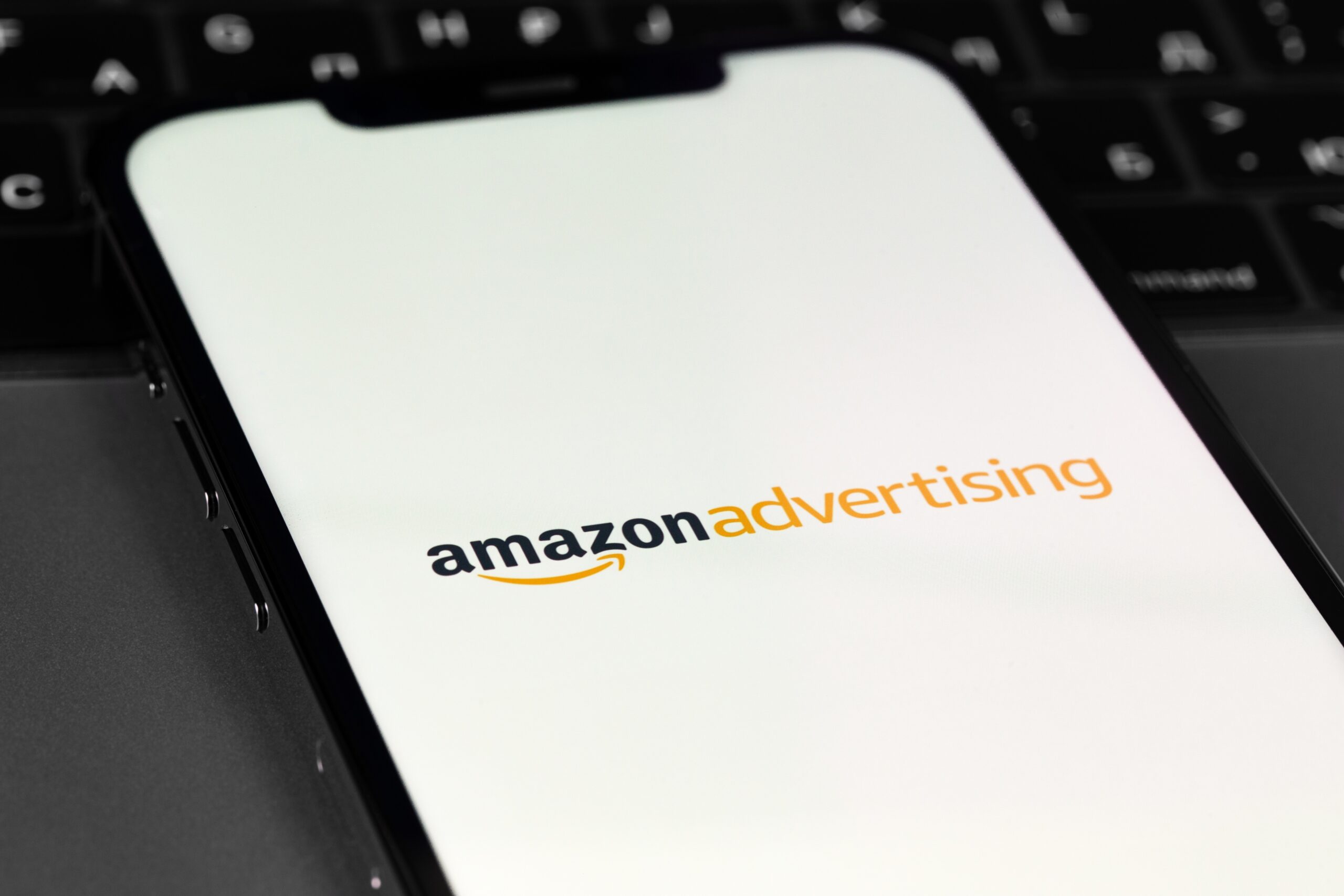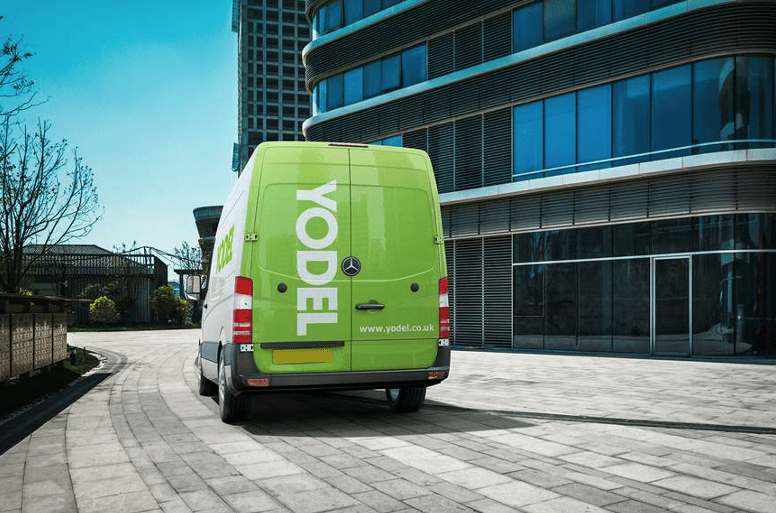As Meta explores a multi-billion-euro investment in eyewear group EssilorLuxottica, the RetailX European Luxury Report 2024 looks at Ray-Ban’s shift to leveraging technology to create smart glasses.
In 1929, US Army Air Corp colonel John A Macready teamed up with medical equipment maker Bausch & Lomb in Rochester, New York, to create a pair of ‘aviator’ sunglasses that would reduce the distracting glare of the bright blue sky and white clouds when flying.
Goggles, Macready had learned from bitter experience fog up at high altitude, so he thought open-sided glasses would work better. The 1936 prototype, featuring a patented anti-glare coating with plastic frames – which feel less cold against the skin at high altitude – and green lenses were born. The name, Ray-Ban, was derived from the coating.
Now a fashion staple, with ‘Top Gun’ himself Tom Cruise sporting them in the iconic movies and with the Wayfarer style popularised by Peter Fonda in the 1969 classic Easy Rider, Ray-Ban has become a luxury fashion staple and one which has capitalised on its cool image in the rise of luxury designer ophthalmic eyewear as well as in its more traditional sunglasses market.
The company, which hit its fashion zenith in the 1980s, was sold to Italian sunglasses and eyewear company Luxottica in 2010, which itself was bought by French lens maker Essilor in 2017 for €22.8bn, creating one of Europe’s largest eyewear and sunglasses makers. In 2021, Luxottica founder Leonardo Del Vecchio agreed to share power with the board of Essilor and end years of spats between the two. The move also unlocked some €300m of annual cost savings and sets the company up to make more of the 20% of the global eyewear business that the group current owns.
For Ray-Ban, this has seen a shift in the business to start to look at how it can not only play in the lucrative luxury eyewear market, but also how it can leverage technology to create smart glasses. These new models – based on existing frame styles – feature dual 5MP cameras for handsfree photography, discreet speakers mounted in the arms, voice control via a microphone at the arm hinge, touch control to run the camera and audio playback, as well as a charging case. Working with Facebook owner Meta, the glasses use Meta AR tech to sync with Facebook and the user’s phone to display content as an overlay on the glasses.
The brand has also started to use more recycled materials in its frames and is working on collaborations with sustainable eyewear manufacturers or initiatives promoting responsible production within Europe that could further solidify their commitment.
Ray-Ban caters to consumers that are style conscious, but it also has an eye on offering an affordable entry point into luxury eyewear. This is reflected in the company’s consumer survey data, which finds that the glasses are popular across all age groups, with fashion-conscious GenZ-ers and Millennials leading the way.
Across the age groups around a third of GenZ, millennials and GenX are making single annual purchases – perhaps unsurprisingly, as eyewear, especially ophthalmic eyewear, is a less frequent purchase for many. That said, 10% of both GenZ and millennial shoppers are making multiple Ray-Ban purchases each year.
Similarly, the spread across income levels is also reasonably even for the brand. Again, around a third of lower, middle and higher income shoppers are making single annual purchases of Ray-Bans, testament to how popular this iconic brand of eyewear is.
Looking ahead, the company’s move to add technology to its glasses, as well as offering an increasing level of personalisation to its products is likely to see continued support for the brand from across the age groups.
This profile, authored by Paul Skeldon, is one of nine in the RetailX European Luxury Report 2024. Coach, Farfetch, Gucci, Guerlain, Longines, Louis Vuitton, Lyst, and Pandora also featured.
The full report analyses the growth of European luxury retail and ecommerce that has plateaued, this however isn’t necessarily a sign of the market stalling, but more an indication it is evolving. The report uses the results of our ConsumerX data to analyse attitudes to what, why, where and how Europeans’ buy luxury goods.
Stay informed
Our editor carefully curates two newsletters a week filled with up-to-date news, analysis and research, click here to subscribe to the FREE newsletter sent straight to your inbox and why not follow us on LinkedIn to receive the latest updates on our research and analysis.











